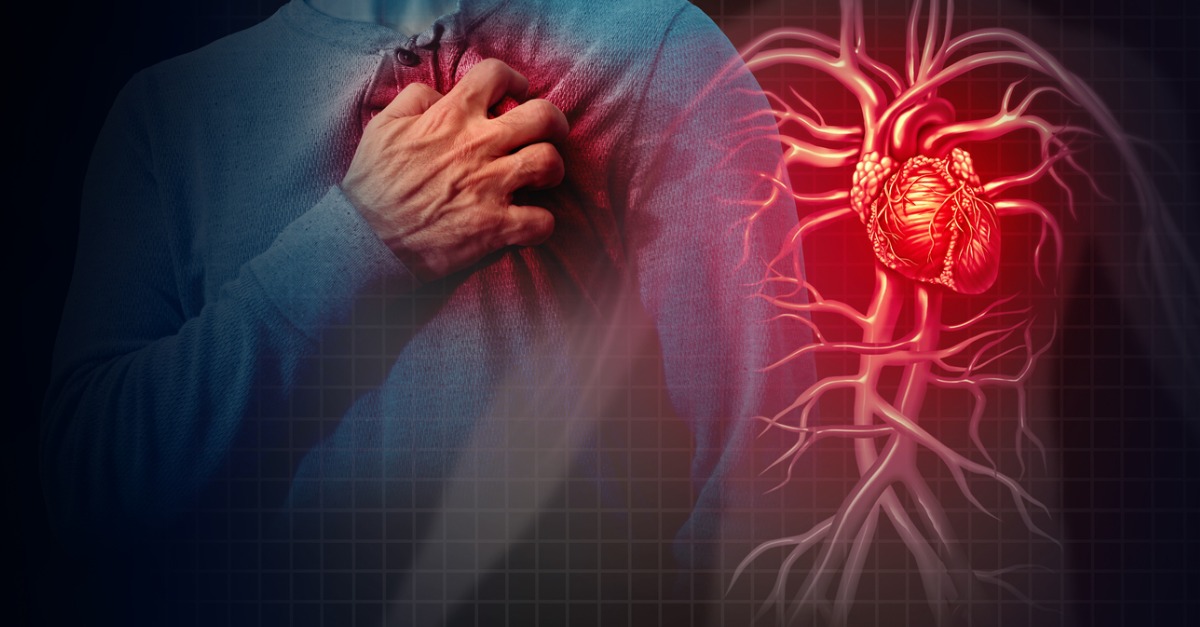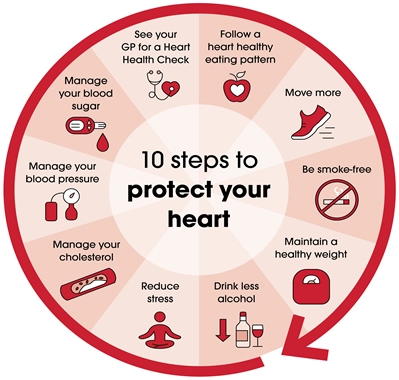
Cardiovascular disease (CD) is a condition which causes the most deaths, worldwide, and is estimated to cost 818 billion in medical costs by 2030 in the United States alone.1 Thus, it is imperative to develop preventative strategies which aim to reduce cardiovascular complications, costs, and deaths. As outlined in this author’s previous posts, natural products, to include botanicals, have been gaining public attention as an alternative to conventional pharmaceutical drugs, especially since most botanicals carry little to no side effects. One such plant-based alternative would include curcumin; a botanical suggested to support cardiovascular/endothelial health.1(1) As a means of appreciating the cardioprotective effects of curcumin, the following will consider the same in greater detail.

The heart vasculature, and circulatory system in general, are composed of endothelial cells which forms the linings of all blood vessels in the body.2 Such an intricate network of vessels controls the flow and passage of materials (i.e., nutrients and waste products) into and out of the bloodstream.2 As such, it is imperative that said vessels work optimally to maintain health and homeostasis. However, oxidation and inflammation, topics covered previously in this author’s posts, can negatively impact many tissues and organs to include the endothelium.1(3) Left unmitigated, oxidative stress and inflammatory cascades can induce hyperlipidemia and cause CD via atherosclerosis; a condition characterized and defined by thickening of arterial walls.1(3) Said process occurs from concentrated low-density lipoproteins (LDLs) in the blood (hyperlipidemia) piercing the endothelial layer and depositing oxidized lipoproteins.1(3)Eventually as the process continues, arterial walls narrow and atherosclerosis ensues.

Curcumin is a botanical which has been suggested to have protective effects against heart failure, myocardial infarction, stroke, aortic aneurysm, and athersclerosis.1(2) Curcumin, also known as Curcuma longa L., comes from the rhizome of turmeric and is responsible for the yellow color of said plant. Generally, turmeric contains between 1.5-3% curcumin and has been used as a botanical and medicine as early as 4000 years ago in India for managing arthritis, gallstones, menstruation, and digestion.2(2) As of recent, curcumin has been researched for its wound-healing, antiaging, anticancer, anti-oxidant, and anti-inflammatory benefits.2(3),3 As mentioned in the previous section, inflammation and oxidative stress contribute to the development of atherosclerosis by inducing the production of proinflammatory cytokines, which include IL-1β, TNF-α, and IL-6 . However, research by Banez et al3(5) suggested that curcumin has the capacity to control the propagation of such cytokines.

The aforementioned cytokines stimulate nuclear factor kappa light chain enhancer of activated B cells (NFKB); a protein complex responsible for producing further inflammatory responses.3(5) Interestingly, curcumin was found to exert anti-inflammatory activity by down-regulating NFKB activation from other proinflammatory cytokines such as IL-1β, TNF-α, and IL-6.3(5)
Curcumin also manages oxidative stress; the second cause of atherosclerosis. Oxidative stress has been acknowledged and recognized as a driver behind CD, especially atherosclerosis.3(5) Considering that free radicals tend to oxidize nearby cells and tissues, to include the endothelium, controlling their ability to harm such components of the human body is paramount; curcumin can provide such control. Curcumin contains a phenolic group responsible for quenching/providing free radicals with electrons.3(5) Most relevantly, curcumin can help inhibit the oxidation of LDLs; lipoproteins responsible the plaque deposition in arterial walls.
In conclusion, CD is a condition which causes the most deaths, worldwide, and is estimated to cost 818 billion in medical costs by 2030 in the United States alone. Such statistics demand the development of preventative strategies aimed at reducing cardiovascular complications, costs, and deaths from such a condition. Curcumin, a natural product and constituent of Curcuma longa L, has been shown to down-regulate the expression of cytokines and degree of oxidative stress; factors responsible for inflammatory events and, ultimately, atherosclerosis. It is likely, then, that implementation of curcumin, as part of a larger and more inclusive therapeutic approach, will help support cardiovascular health and minimize the reach and intensity of inflammation and oxidative stress.
References
1. Li H, Sureda A, Devkota HP, et al. Curcumin, the golden spice in treating cardiovascular diseases. Biotech Adv. 2020;38:1-15. doi:https://doi.org/10.1016/j.biotechadv.2019.01.010.
2. Johnson AB, Lewis J, et al. Blood Vessels and Endothelial Cells. New York, USA: Garland Science; 2002. https://www.ncbi.nlm.nih.gov/books/NBK26848/. Accessed June 23, 2020.
3. Banez MJ, Geluz MI, Chandra A, et al. A systematic review on the antioxidant and anti0inflammatory effects of resveratrol, curcumin, and dietary nitric oxide supplementation on human cardiovascular health. Nutr Res. 2020;78:11-26. doi: https://doi.org/10.1016/j.nutres.2020.03.002.
-Michael McIsaac
